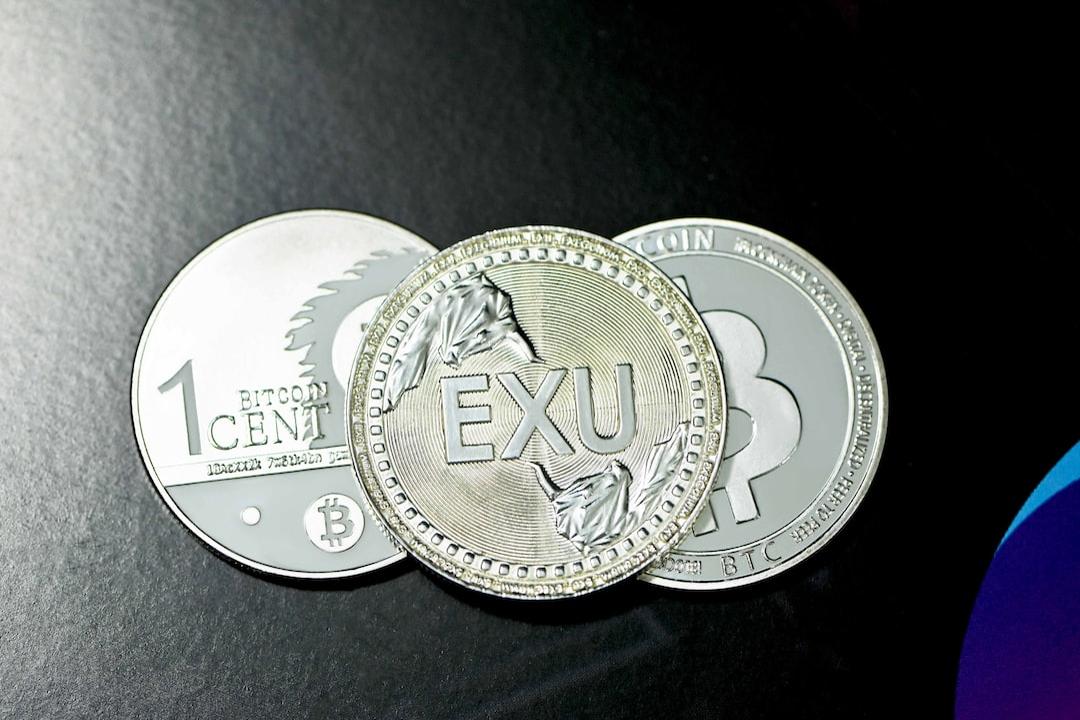Current Trends in U-Standard Financial Management Amid Market Slump
What are the changes in yields on CEX and DeFi, fixed income opportunities, and potential airdrop strategies? How to effectively improve capital utilization in this market? This article will provide you with practical strategies and market trend analysis.
(Background: Painful market correction, more suited for lazy investors’ U-standard financial management strategies here)
(Background Supplement: Market correction is tricky, suitable for those who prefer a laid-back U-standard financial management strategy Vol. 2 here)
As the market declines again, the demand for financial management rises, seemingly indicating an inverse function with an unknown parameter.
In the past two weeks, we have shared the first and second parts of our series on U-standard financial management strategies, aiming to cover relatively low-risk yield strategies centered around stablecoins (and their derivative tokens) in the current market (systemic risk can never be eliminated), assisting users who wish to gradually increase their capital through U-standard financial management to find more ideal income opportunities.
This time, we will continue to focus on the latest trends in the U-standard financial management market.
Base Interest Rates
Odaily Note: The base interest rates temporarily cover single-currency financial management schemes of mainstream CEXs, as well as mainstream on-chain lending, DEX LP, RWA, and other DeFi deposit schemes.
Due to the market slump, the base interest rates across major CEXs and DeFi platforms have also plummeted—OKX’s annualized yield for USDT single-currency financial management has dropped to 1%, and Ethena’s sUSDe APY has fallen to 4.99%.
For CEXs, apart from the funds currently planned for bottom-fishing in the short term, and the subsidized shares (usually within 500 U, currently Gate and Bitget are relatively higher, allowing for more opportunities for profit), it is not advisable to keep remaining funds in CEXs, as the yield efficiency is simply too low.
On the DeFi side, the situation is somewhat better, but still not ideal. It is difficult to find pools with yields above 10% on the most mainstream chains like Ethereum, Solana, and Base, though there are still some in smaller ecosystems. For example:
- Shadow on Sonic: USDC.e/USDT LP 18.3%;
- Kyo on Soneium: USDT/USDC.e LP 17.37%;
- Echelon on Aptos: sUSDe 17.14%, USDC 13.53%;
Additionally, pay attention to Fluid, which is set to deploy on Polygon. According to the latest proposal, both parties are expected to provide extra incentives, and with Fluid’s deposit APR being relatively high among mainstream lending protocols, the expected yield after incentives should be quite good.
Pendle Special Zone
First, regarding fixed income, the real-time ranking of PT yields in various stablecoin pools within Pendle is as follows. Considering the underlying asset conditions (reputation, liquidity, etc.) and expiration times, I personally recommend the USR expiring on April 24 on Base (PT 14.6%) and eUSDe expiring on May 29 on the mainnet (PT 13.7%).

This week, I would like to discuss the movements of the whales concerning Pendle.
On March 8, whales swept up $70 million worth of USDe YT (expiring March 27), indicating that these whales are quite optimistic about the upcoming Ethena S3 airdrop this month. Thus, the consideration now is how to accumulate Ethena points more efficiently to keep up with the whales.

As an aside, the leverage rate for the USDe YT expiring on March 27 has reached 7132.89 times. If you want to accumulate Ethena points at the fastest speed, directly purchasing YT would be the most efficient path—given that the price of YT will drop to zero on the expiration date, this actually constitutes a trading behavior and is not covered in this series of articles.

If you want to avoid capital depletion, compared to purchasing PT (which offers higher fixed income), I currently recommend users to participate in LP format (with lower visible yields + retaining point positions), particularly the USDe pool expiring on July 31 with a maximum leverage multiplier of 60 times.

Other Opportunities
Last week, we also shared some scoring strategies on Sonic outside this series (see “Efficiently Capture Sonic’s June Airdrop, Refer to These Three Leverage Strategies”), but these strategies either require spot and futures pairing (spot + waiting position shorting) for hedging or rely on native protocols on Sonic, which raises certain safety concerns.
Now the situation has changed!
Aave has rapidly increased the capacity limit of the stablecoin pool (USDC) to $70 million since deploying on Sonic last Monday, and this pool can now earn a fixed incentive of 8% (incentives need to be claimed later through Aavechan, plus an additional 0.8% deposit APY), and you can earn 10 times the Sonic points.
Here’s the key point—since Aave supports lending and borrowing of the same asset (depositing USDC to borrow USDC), there’s no need to worry about price fluctuations (like with the S/stS pool, where there’s always concern about unexpected decoupling), so you can leverage freely—currently, the borrowing cost for this pool is 3.25%, and the deposit yield is sufficient to cover it, allowing for multiple cycles of borrowing and depositing, multiplying both base yield and point accumulation rate.

So, as always, just use Aave!
Additionally, Noble launched the yield-generating stablecoin USDN last week and simultaneously initiated a points activity. The awkward part is that the points pool does not earn USDN’s native yield (4.3%), so it’s impossible to reap both benefits. Conversely, the yield increase in the non-points pool has reached 14.1%, so whether to prioritize yield or points is subjective.
Finally, Movement is expected to open its public mainnet on March 10 local time, which may bring some early mining benefits. Keep an eye on it. If I find a good pool, I will update it in a timely manner on X (@azuma_eth).


